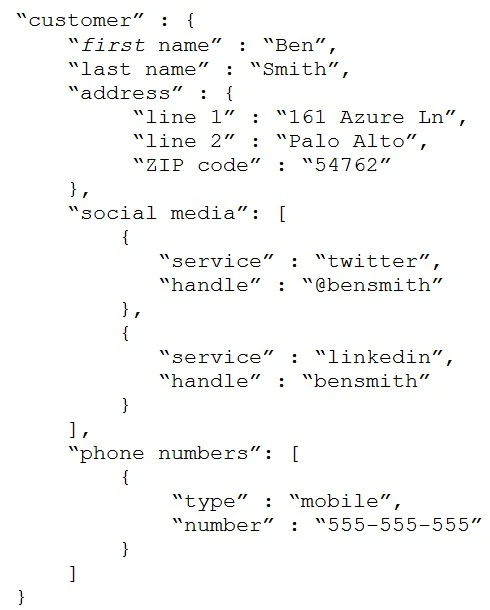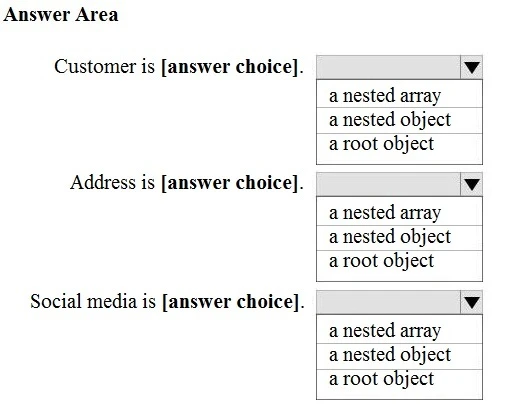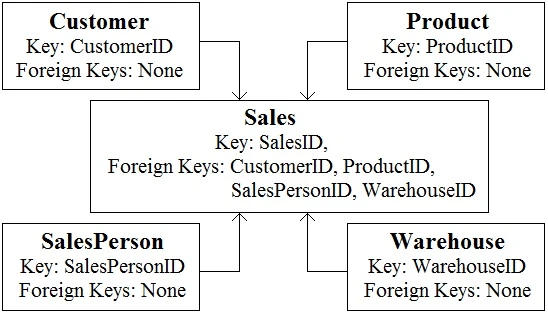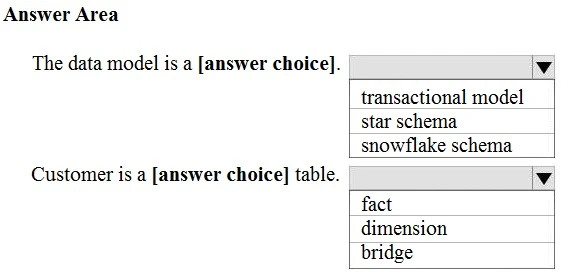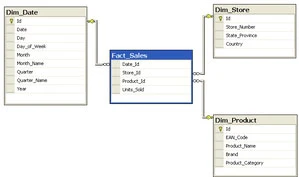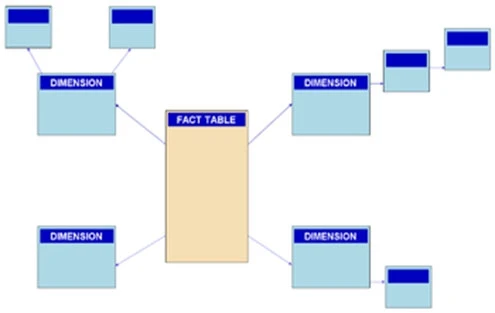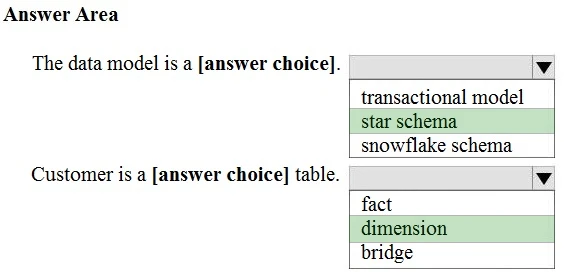Box 1: Diagnostic -
Diagnostic Analytics: At this stage you can begin to answer some of those why questions. Historical data can begin to be measured against other data to answer the question of why something happened in the past. This is the process of gathering and interpreting different data sets to identify anomalies, detect patters, and determine relationships.
Box 2: Prescriptive -
Prescriptive analytics is a combination of data, mathematical models, and various business rules to infer actions to influence future desired outcomes.
Predictive analytics, broadly speaking, is a category of business intelligence that uses descriptive and predictive variables from the past to analyze and identify the likelihood of an unknown future outcome
Box 3: Descriptive -
✑ Generally speaking, data analytics comes in four types:
✑ Descriptive, to answer the question: What's happening?
✑ Diagnostic, to answer the question: Why's happening?
✑ Predictive, to answer the question: What will happen?
✑ Prescriptive, to answer the question: What actions should we take?

Reference:
https://demand-planning.com/2020/01/20/the-differences-between-descriptive-diagnostic-predictive-cognitive-analytics/ https://azure.microsoft.com/en-us/blog/answering-whats-happening-whys-happening-and-what-will-happen-with-iot-analytics/
Incorrect Answer:


